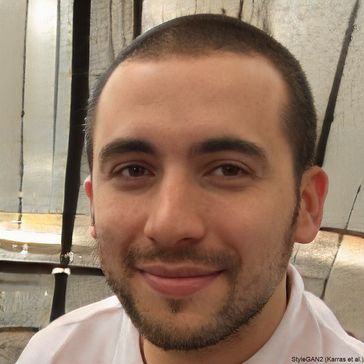Stroke therapy has seen changes in recent years with the introduction of new methods. These methods are intended to help individuals recover from the effects of a stroke. A stroke can occur when blood flow to the brain is interrupted, leading to damage in the affected areas. Various medical professionals are now using different techniques to assist patients in their recovery journey. These therapies may involve physical activities, medications, and other types of interventions. The goal is to help the person regain mobility and other bodily functions affected by the stroke.
One of the approaches used is physical therapy, which focuses on helping the individual improve movement. Therapists guide patients through exercises that may help restore strength and flexibility. These sessions can be repeated multiple times over the course of weeks or even months. Patients are encouraged to perform basic motions repeatedly, such as raising an arm or standing up from a chair. This can help with motor control, although progress is often gradual. The repetition involved may seem monotonous, but it is considered necessary for recovery.
Occupational therapy is another method applied in stroke treatment. This therapy aims to assist patients in performing daily tasks. It includes practicing actions like brushing teeth, eating with utensils, or putting on clothing. These tasks are important for independence, but the process of relearning them can be slow. Therapists assess the patient’s capabilities and create routines to improve basic skills. Sometimes, simple tasks are broken into multiple steps that must be repeated over time. This can be tedious but is considered part of the recovery process.
Speech therapy is also common for stroke survivors who experience communication difficulties. Patients may have trouble forming words, understanding language, or swallowing. Therapists use repetitive language exercises to improve verbal and cognitive skills. In some cases, patients may use communication boards or electronic devices. Sessions usually follow structured formats, which can feel repetitive and time-consuming. Improvement often occurs in small increments and requires consistent participation.
Another method includes the use of medications. Certain drugs are prescribed to reduce the risk of future strokes or to manage symptoms. These may include blood thinners, blood pressure medications, or cholesterol-lowering drugs. Doctors may also recommend changes to diet and physical activity. Adherence to medication schedules is important and must be monitored over time. Patients may need regular check-ups to track the effectiveness of the treatment.
In some cases, robotic devices are used during therapy sessions. These machines assist with repetitive motions and can help guide limbs through specific patterns. Virtual reality programs may also be used to simulate tasks in a controlled environment. Although these tools are advanced, their use often requires patients to perform very basic actions repeatedly, which may not seem exciting.
The process of stroke recovery through these methods is often lengthy and requires consistent effort. Progress can be slow and the techniques involved may not appear innovative or engaging to the average person. Still, these therapy methods are used because they support gradual improvement for patients recovering from a stroke.

